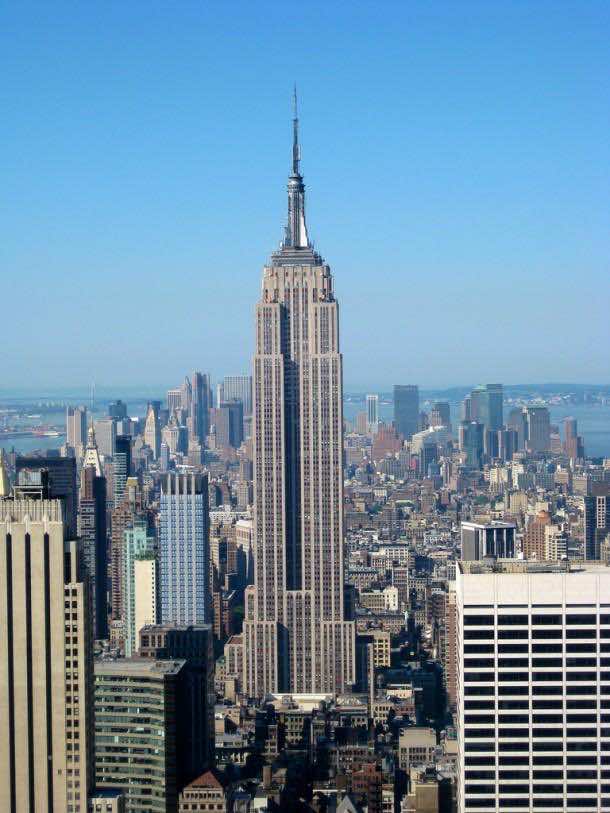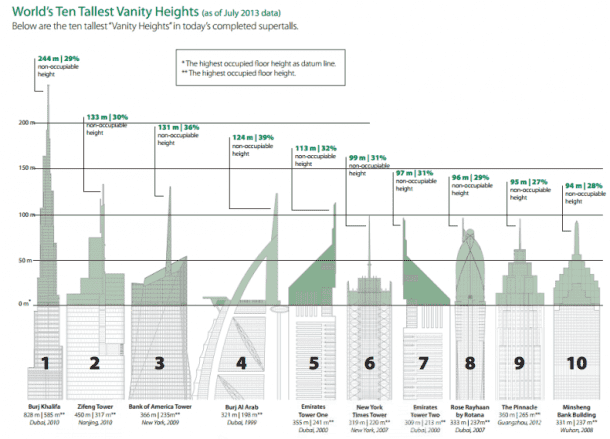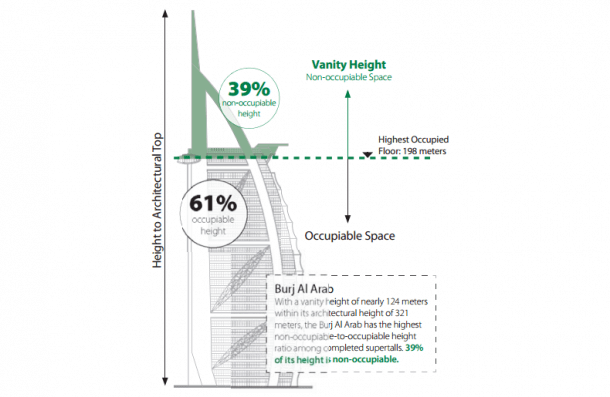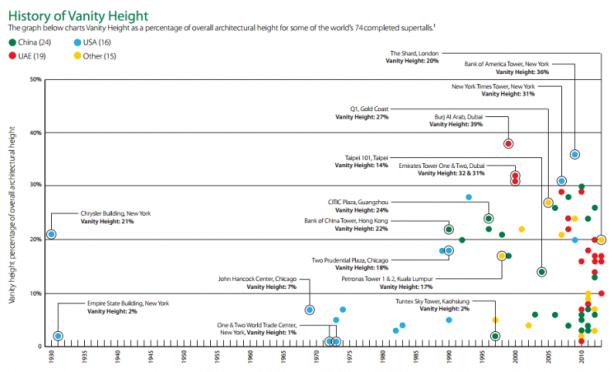 The construction paradigm has shifted and now everyone is focused on building skyscrapers. Although they take up less space on the ground while providing more capacity, they do tend to take a heavy toll on the wallets when it comes to constructing one. International developers have entered a race to build the tallest skyscraper and this race is on-going. Skyscraper Index also tell us that the building height is directly proportional to economic conditions.
The construction paradigm has shifted and now everyone is focused on building skyscrapers. Although they take up less space on the ground while providing more capacity, they do tend to take a heavy toll on the wallets when it comes to constructing one. International developers have entered a race to build the tallest skyscraper and this race is on-going. Skyscraper Index also tell us that the building height is directly proportional to economic conditions.
 So what are the ways in which one can increase the height of a skyscraper? Well, the simplest of them all is to place a spire on top. This spire basically contributes nothing to the skyscraper, except for the extra height and helps it rank well. Since there isn’t much use of the spire, the engineering expertise required for it are almost next to zero when compared with the whole of skyscraper. This spire in most of the cases is unoccupied however it becomes significant when the building’s height is to be accounted for.
So what are the ways in which one can increase the height of a skyscraper? Well, the simplest of them all is to place a spire on top. This spire basically contributes nothing to the skyscraper, except for the extra height and helps it rank well. Since there isn’t much use of the spire, the engineering expertise required for it are almost next to zero when compared with the whole of skyscraper. This spire in most of the cases is unoccupied however it becomes significant when the building’s height is to be accounted for.
 Interesting data has been released by the Council on Tall Buildings and Urban Habitat (CTBUH) which is a non-profit organization on the subject matter. It was found that around 60% of the world’s tallest skyscrapers wouldn’t be in the list if it wasn’t for the space which is un-utilized at the top; something that CTBUH calls ‘vanity height’. Let’s take a look at few of the skyscrapers that have the highest vanity heights. The Burj Khalifa has a height of 244 meters which is unoccupied space and if this extra height wasn’t there the Burj would rank 11th tallest in Europe. That sure is one heck of a drop! Burj Al Arab has a vanity height of 39 % and the next in line are Emirates Tower One and Two with vanity heights of 32 % and 31%. Although U.A.E. seems to be leading this list, China and USA are not far behind.
Interesting data has been released by the Council on Tall Buildings and Urban Habitat (CTBUH) which is a non-profit organization on the subject matter. It was found that around 60% of the world’s tallest skyscrapers wouldn’t be in the list if it wasn’t for the space which is un-utilized at the top; something that CTBUH calls ‘vanity height’. Let’s take a look at few of the skyscrapers that have the highest vanity heights. The Burj Khalifa has a height of 244 meters which is unoccupied space and if this extra height wasn’t there the Burj would rank 11th tallest in Europe. That sure is one heck of a drop! Burj Al Arab has a vanity height of 39 % and the next in line are Emirates Tower One and Two with vanity heights of 32 % and 31%. Although U.A.E. seems to be leading this list, China and USA are not far behind.
 This ‘trend’ of making use of vanity heights isn’t something new, but this time it sure has become a widely accepted practice. According to CTBUH; buildings constructed after 1999 have attained an average vanity height of 16 percent. Just to give you a glimpse of the history, Chrysler Building and the Empire State Building were the earliest offenders!
This ‘trend’ of making use of vanity heights isn’t something new, but this time it sure has become a widely accepted practice. According to CTBUH; buildings constructed after 1999 have attained an average vanity height of 16 percent. Just to give you a glimpse of the history, Chrysler Building and the Empire State Building were the earliest offenders!



Hejka, bardzo ciekawy wpis. Czekam na wi?cej!
Pozdrawiam .